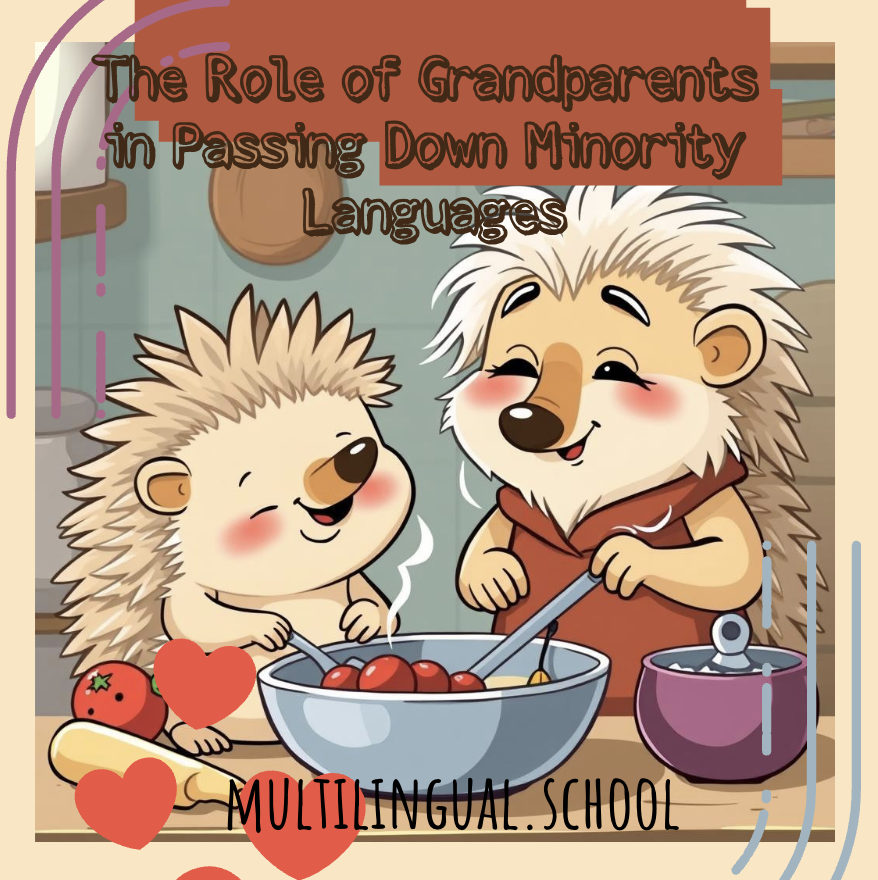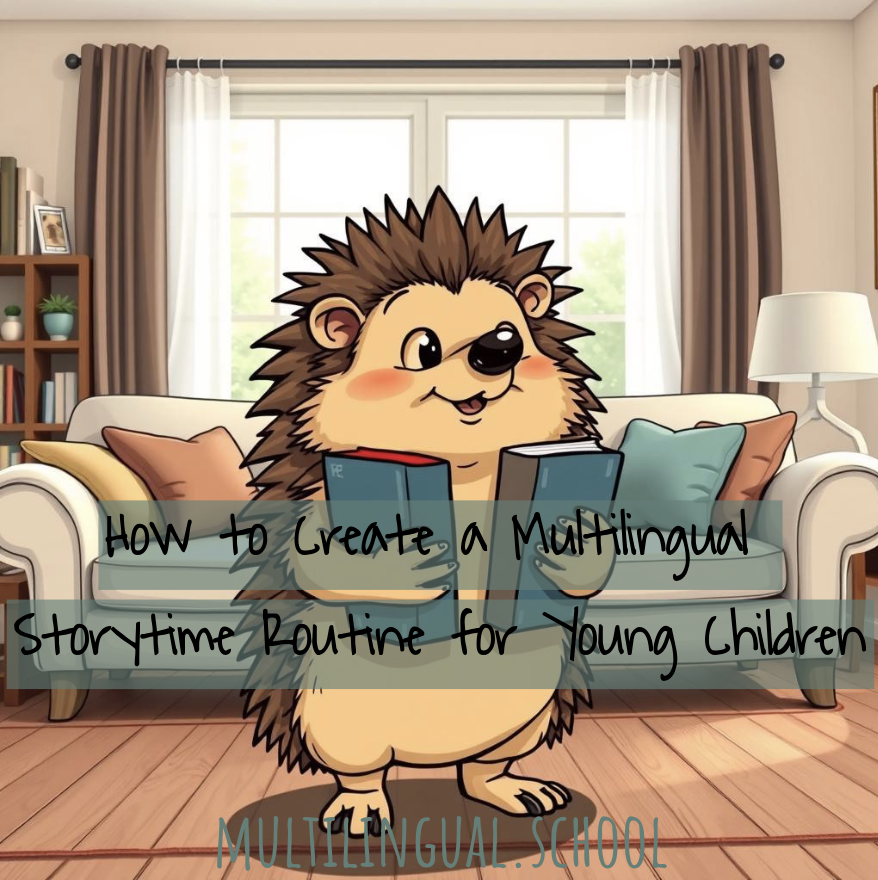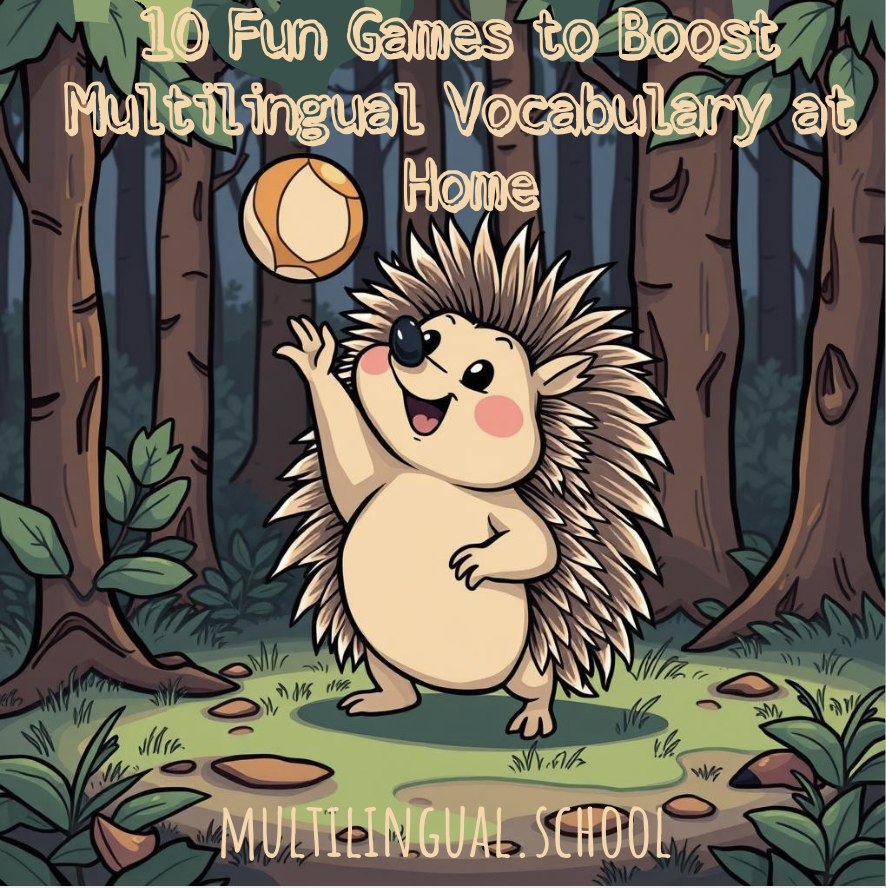How to Create a Multilingual Storytime Routine for Young Children
This post may contain affiliate links, which means that I may receive a commission if you make a purchase using these links. You do not pay a higher price.
Finding a Multilingual Booktime Routine
Storytime is a magical moment in any child’s day—a chance to cuddle up, dive into imaginative worlds, and bond as a family. For multilingual families, it’s also a golden opportunity to nurture language skills and cultural connections. Whether you’re raising bilingual kids or balancing multiple heritage languages, a well-crafted multilingual storytime routine can make language learning feel like an adventure rather than a lesson. Here’s how to create a storytime routine that sparks joy and fluency for your young children!
Why Multilingual Storytime Matters
Reading aloud to children builds vocabulary, listening skills, and emotional bonds, but when you add multiple languages, the benefits multiply. Multilingual storytime exposes kids to the sounds, rhythms, and structures of their languages while reinforcing cultural identity. Plus, it’s a low-pressure way to make minority languages a natural part of their world. Whether your child is hearing Cinderella in Spanish or a folktale in Mandarin, storytime creates lasting memories and language skills. Read more about the benefits of reading here.
We in our family love storytime, any time of day and year. While we’re building our own personal multilingual library, we are sharing some of our book recommendations here in our book blog. We also regularly share our favourite books for a topic: e.g. Winter, Alphabet, Love of Reading.
Steps to Build Your Multilingual Storytime Routine
1. Choose the Right Books
Selecting books that resonate with your child’s interests and language levels is key. Look for:
Age-appropriate stories: Board books for toddlers, picture books for preschoolers, or simple chapter books for older kids.
Bilingual or multilingual editions: Books with text in two or more languages help kids make connections (e.g., The Very Hungry Caterpillar in English and French). But be mindful of the translation quality.
Cultural relevance: Choose stories that reflect your heritage or introduce other cultures, like folktales or stories set in your family’s home country. Tip: Check local libraries, online retailers like Book Depository, or community book swaps for multilingual books. If access is limited, try digital books or apps like Epic! with multilingual options.
2. Set a Consistent Time and Place
Routines thrive on consistency. Pick a time that works for your family—bedtime is a classic, but after school or weekend mornings can work too. Create a cozy space with pillows, blankets, or a favorite chair to make storytime special.
Example: My friend Aisha, raising her kids in the U.S. with Arabic and English, sets up a “story corner” with a rug and cushions every evening. Her kids know it’s time for Arabic stories when they snuggle there! Tip: Keep storytime short (10–15 minutes for young kids) to hold their attention.
3. Alternate Languages Thoughtfully
Balance your languages to ensure all are represented. Here are a few approaches:
One language per session: Read in Spanish on Monday, French on Tuesday, etc.
Mix languages in one session: Read a bilingual book or alternate sentences in different languages for younger kids.
One parent, one language: If each parent speaks a different language, take turns reading in your native tongue. Tip: For trilingual families, try rotating languages weekly or pairing a minority language with a fun activity (e.g., songs in that language after reading).
4. Engage with Interactive Reading
Make storytime lively to boost language retention:
Ask questions: “¿Qué crees que pasará después?” (What do you think happens next?) in Spanish or another language encourages critical thinking.
Point and name: For toddlers, point to pictures and say words in the target language (e.g., árbol for tree).
Act it out: Use voices, gestures, or props to bring characters to life. Tip: Pause to let kids repeat words or phrases, especially new vocabulary.
5. Add Songs or Rhymes
Incorporate short songs or rhymes in the target language before or after reading. For example, sing “Frère Jacques” in French or a traditional lullaby in your heritage language. This reinforces pronunciation and makes transitions fun. Tip: Find multilingual playlists on platforms like Spotify or check our music recommendations for ideas.
6. Involve the Whole Family
Invite siblings, grandparents, or caregivers to join storytime. Grandparents can share folktales from their culture, while older siblings might read simpler books aloud. This builds a sense of community around language learning.
Example: Carlos, a dad in Canada, told us his kids love when their abuela joins via video call to read Mexican folktales in Spanish. It’s become a weekly tradition! Tip: Record family members reading stories to create a digital library for kids to revisit.
Tips for Success
Start small: If you’re new to multilingual storytime, begin with one book in one language and gradually add more.
Celebrate progress: Praise your child’s efforts to repeat words or answer questions, even if they mix languages.
Be flexible: If your child isn’t in the mood for one language, try another or switch to a song or game.
Source books creatively: Libraries, secondhand bookstores, or online platforms like Open Library can help if multilingual books are hard to find. Read about Finding Portuguese Books here.
Overcoming Common Challenges
Limited book access: Create your own “books” by narrating family stories or drawing pictures with simple text in the target language.
Child resistance: If kids push back on a minority language, pair storytime with a treat (e.g., a favorite snack) or choose books about their favorite characters.
Time constraints: Even 5 minutes of reading counts—consistency matters more than length.
The Magic of Multilingual Storytime
A multilingual storytime routine isn’t just about language—it’s about creating memories, celebrating culture, and building confidence in your children. Over time, these moments become cherished traditions that tie your family to its languages and heritage. So grab a book, snuggle up, and let the stories begin!
Have a favorite multilingual book or storytime tip? Share it with us in the comments or on social media. We’d love to hear how you’re making storytime a multilingual adventure!
Happy reading!













